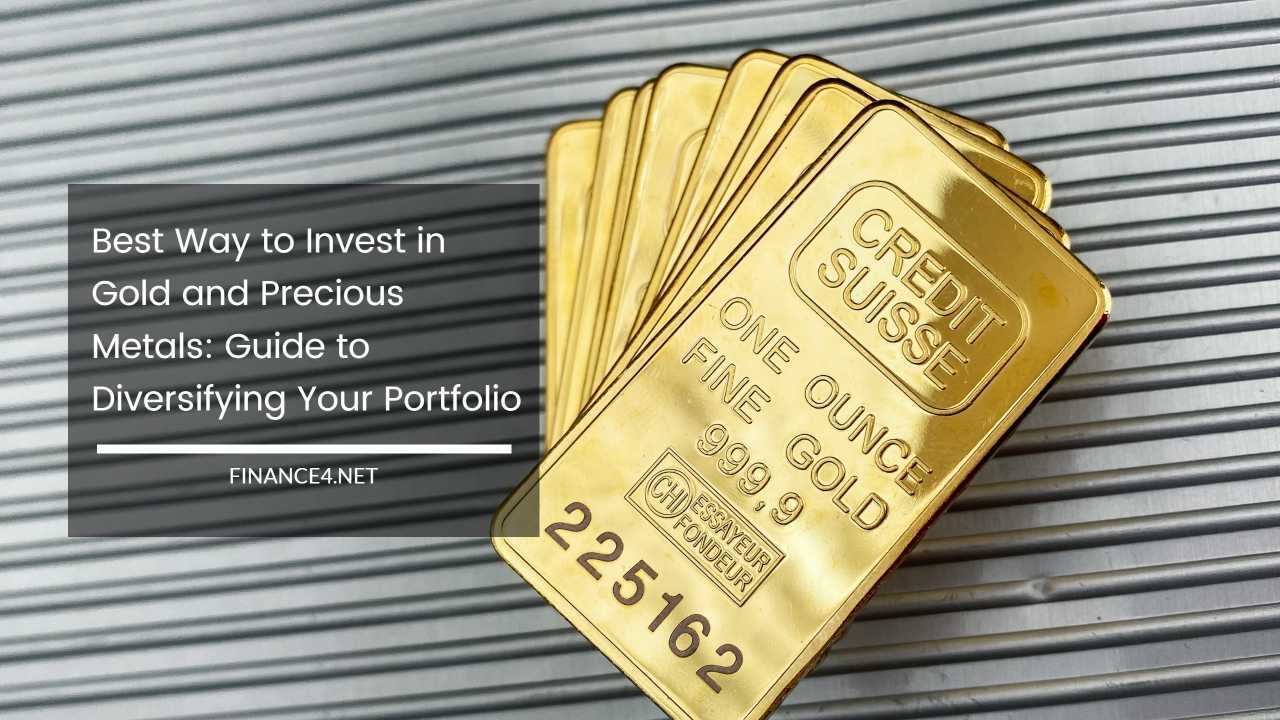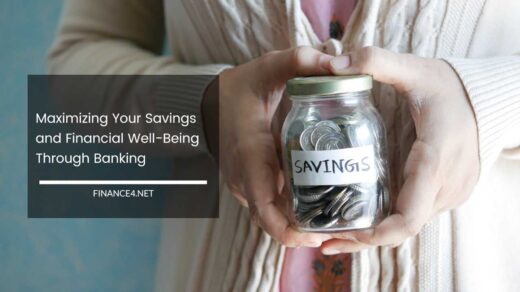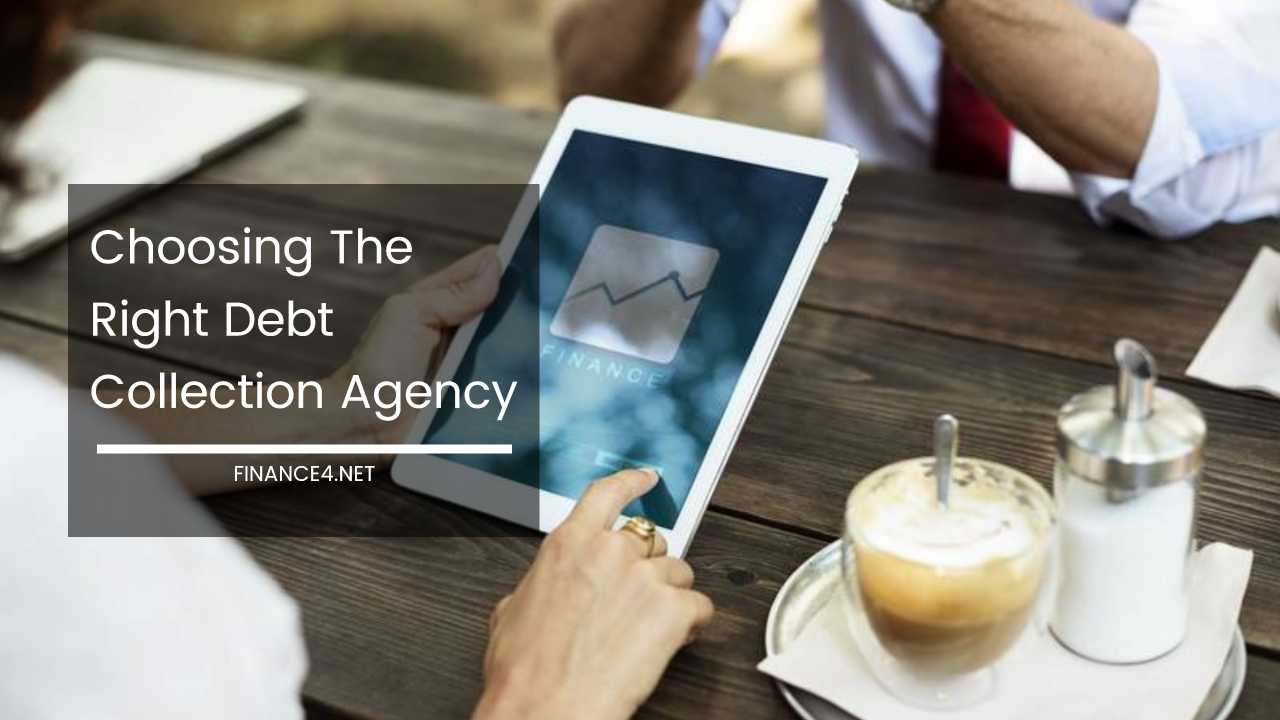Best Way to Invest in Gold and Precious Metals: Guide to Diversifying Your Portfolio

Best Way to Invest in Gold
Investing in gold and precious metals has been a time-tested strategy for preserving wealth and diversifying investment portfolios.
Gold, silver, platinum, and other precious metals have held intrinsic value throughout history, making them a popular choice for investors seeking a hedge against economic uncertainty and inflation.
In this comprehensive guide, we will explore the benefits and considerations of investing in gold and precious metals, helping you make informed decisions about incorporating these assets into your investment strategy.
1. Understanding Precious Metals
Precious metals, including gold, silver, platinum, and palladium, are rare and naturally occurring elements with intrinsic value.
They have been used as a store of value, medium of exchange, and a form of currency for centuries. Here’s an overview of some popular precious metals:
a) Gold:
Gold is perhaps the most well-known precious metal, prized for its beauty and scarcity. It has been used as a currency, jewelry, and a symbol of wealth throughout history.
b) Silver:
Silver is another widely recognized precious metal with various industrial and investment applications. It is valued for its conductivity and used in electronics, photography, and silverware, among other things.
c) Platinum:
Platinum is a dense and durable metal known for its use in jewelry and catalytic converters in vehicles. It is rarer than gold, making it highly valuable.
d) Palladium:
Palladium is a relatively new addition to the list of precious metals commonly used in catalytic converters and electronics. Its scarcity and diverse applications have increased its investment appeal.
2. Benefits of Investing in Precious Metals
Investing in gold and precious metals can offer several benefits to investors, including:
a) Wealth Preservation:
Precious metals have historically served as a hedge against inflation and economic instability, preserving purchasing power during times of currency devaluation.
b) Diversification:
Adding precious metals to an investment portfolio can enhance diversification, reducing overall risk and potential losses during market downturns.
c) Store of Value:
Precious metals have inherent value and are not subject to the same risks as paper currencies, which can be impacted by central bank policies and geopolitical events.
d) Limited Supply:
Precious metals are finite resources with limited supply, making them resistant to significant devaluation over time.
e) Demand in Industry:
Precious metals have various industrial applications, ensuring consistent demand beyond investment purposes.
f) Liquid Asset:
Precious metals are highly liquid assets, easily bought, sold, and traded in global markets.
3. Ways to Invest in Gold and Precious Metals
There are several ways to invest in gold and precious metals, each with its own advantages and considerations:
a) Physical Precious Metals:
Purchasing physical gold, silver, platinum, or palladium in the form of coins, bars, or bullion is a tangible way to own precious metals. Physical metals provide a sense of security and ownership but require proper storage and insurance.
b) Precious Metal ETFs and Mutual Funds:
Precious metal exchange-traded funds (ETFs) and mutual funds offer exposure to the metals’ price movements without the need for physical ownership.
These funds hold precious metals or futures contracts, providing investors with an efficient way to diversify.
c) Mining Company Stocks:
Investing in mining companies that produce and explore for precious metals is an indirect way to gain exposure to the sector.
The performance of mining stocks can be influenced by various factors beyond metal prices, including company management, production costs, and geopolitical risks.
d) Precious Metal Futures and Options:
Precious metal futures and options contracts allow investors to speculate on metal prices without owning the physical metal. These derivatives carry higher risks and are typically used by experienced investors and traders.
e) Precious Metal IRAs:
Some financial institutions offer Individual Retirement Accounts (IRAs) that allow investors to hold physical precious metals as part of their retirement savings.
Precious metal IRAs provide potential tax benefits similar to traditional IRAs.
4. Considerations Before Investing in Precious Metals
Before allocating a portion of your portfolio to precious metals, consider the following factors:
a) Risk Tolerance:
As with any investment, consider your risk tolerance and how precious metals fit into your overall asset allocation strategy.
b) Market Volatility:
Precious metals can experience significant price fluctuations, and their market values are influenced by various factors, including economic conditions, geopolitical events, and investor sentiment.
c) Storage and Security:
If you choose to invest in physical metals, consider storage options and security measures to protect your assets.
d) Diversification:
Precious metals should be considered as part of a diversified portfolio. Avoid putting all your assets into a single investment class.
e) Costs and Fees:
Be aware of any costs and fees associated with purchasing and storing physical metals or investing in precious metal funds.
f) Long-Term Outlook:
Precious metals may not provide regular income or dividends, so it’s essential to assess your investment goals and time horizon.
5. Monitoring and Rebalancing
Like all investments, it’s crucial to regularly monitor your precious metal holdings and rebalance your portfolio as needed.
Market conditions and your financial goals may change, warranting adjustments to your investment strategy.
6. Final Thoughts
Investing in gold and precious metals can be a prudent strategy for diversifying your portfolio and preserving wealth.
Whether you choose to own physical metals or invest through funds and mining stocks, precious metals can serve as a valuable hedge against economic uncertainty and currency devaluation.
As with any investment, conduct thorough research, consider your risk tolerance, and consult with a financial advisor to ensure that precious metals align with your long-term investment goals.
FAQ: Best Way to Invest in Gold and Precious Metals
1. Why should I consider investing in gold and precious metals?
Gold and precious metals are often considered safe-haven assets that can help diversify your investment portfolio and provide a hedge against economic uncertainty.
2. What are the different ways to invest in gold and precious metals?
You can invest in gold and precious metals through physical assets like bullion and coins, as well as through financial instruments such as ETFs, mutual funds, mining stocks, and futures contracts.
3. What is the advantage of owning physical gold and precious metals?
Physical ownership allows you to have tangible assets in your possession, which can be especially appealing in times of crisis. It also eliminates counterparty risk.
4. How do I buy physical gold and precious metals?
You can purchase physical gold and precious metals from reputable dealers, banks, or online platforms. Be sure to verify the authenticity of the products and store them securely.
5. What are the drawbacks of owning physical gold and precious metals?
Physical assets may incur storage costs and can be vulnerable to theft or damage. Additionally, selling physical metals may involve higher transaction costs.
6. What are gold and precious metals ETFs, and how do they work?
ETFs (Exchange-Traded Funds) are investment funds that track the performance of underlying assets, such as gold or precious metals. They are traded on stock exchanges and provide easy liquidity.
7. What is the benefit of investing in precious metals ETFs?
ETFs offer convenient exposure to gold and precious metals without the need for physical storage. They are also highly liquid, allowing you to buy and sell shares easily.
8. How can I invest in precious metals through mining stocks?
You can invest in mining stocks by purchasing shares of mining companies. These stocks can provide exposure to potential price gains in precious metals.
9. What are the risks associated with mining stocks?
Mining stocks can be volatile and are influenced by factors beyond metal prices, such as operational issues and geopolitical factors. Due diligence is crucial.
10. Are there tax considerations when investing in gold and precious metals?
Tax treatment varies by country and investment type. Consult with a tax advisor to understand the tax implications of your specific investments.
11. Should I consider diversifying my precious metals investments?
Diversification can help manage risk. You can consider spreading your investments across various metals like gold, silver, platinum, and palladium.
12. How can I stay updated on the performance of gold and precious metals markets?
Financial news outlets, market websites, and specialized precious metals publications can provide up-to-date information on market trends.
13. Is timing important when investing in gold and precious metals?
Timing can impact returns, but long-term investors often use precious metals as a hedge rather than for short-term gains. Dollar-cost averaging can be a strategy to mitigate timing risk.
14. Should I seek professional advice when investing in gold and precious metals?
Consulting with a financial advisor or precious metals specialist can help you create a well-rounded investment strategy based on your financial goals and risk tolerance.
Investing in gold and precious metals can be a valuable component of a diversified portfolio. Understanding the various options and their associated risks is essential for making informed investment decisions tailored to your financial objectives.



